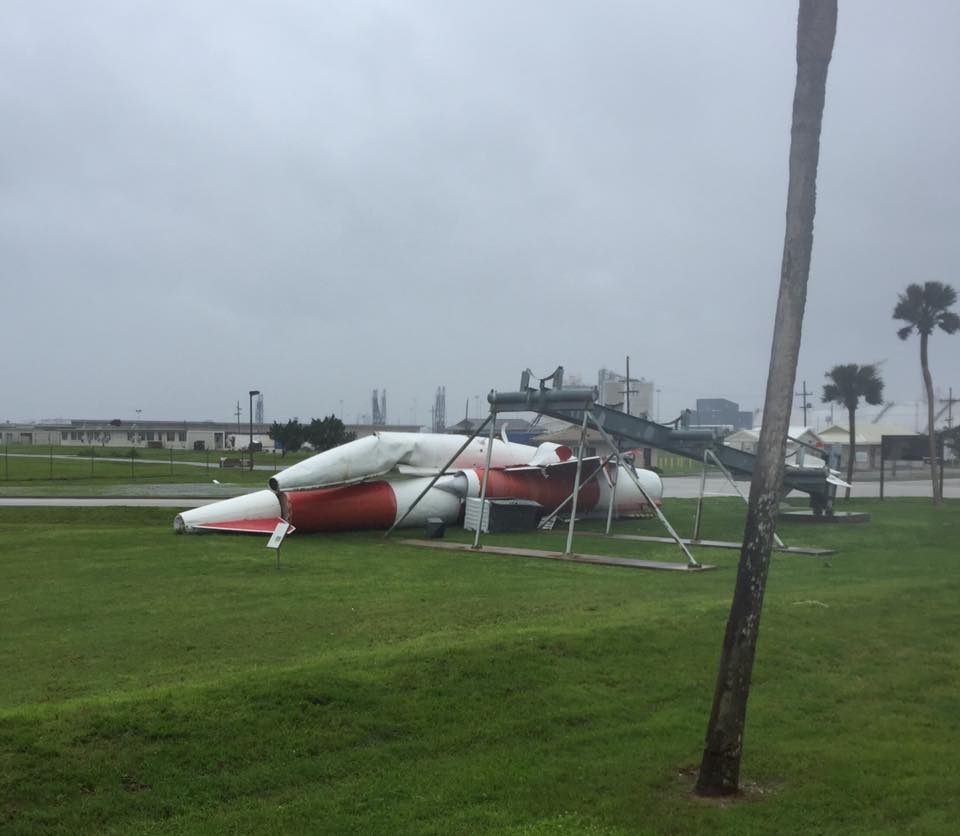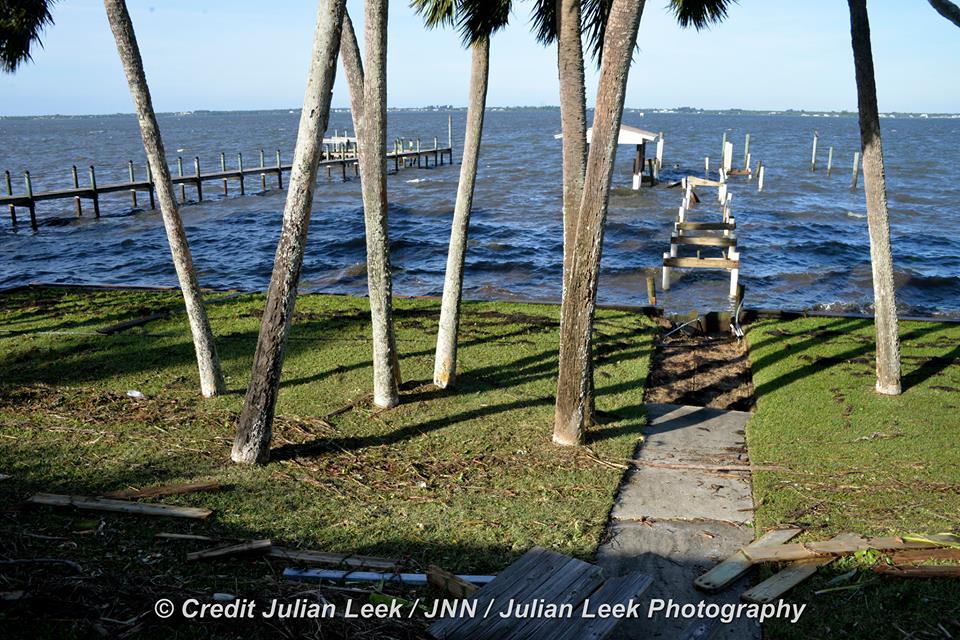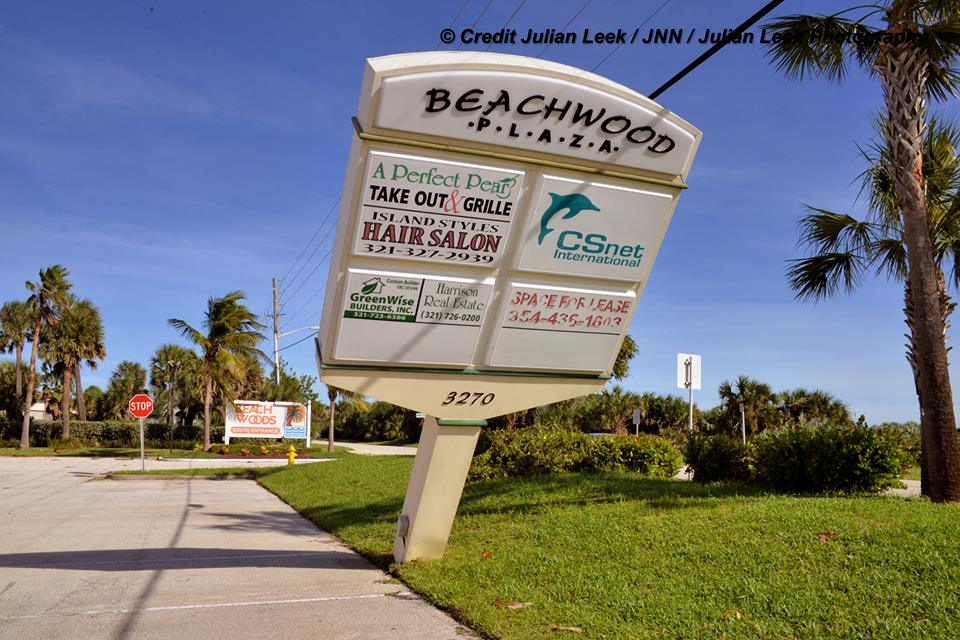
The Kennedy Space Center (KSC), Cape Canaveral Air Force Station (CCAFS) and the major population centers along the Florida Space Coast were spared from major damage to infrastructure, homes and business after the deadly Cat 4 Hurricane Matthew grazed the region with 107 mph winds rather than making a direct impact as feared.
Although some of the base and Space Coast coastal and residential areas did suffer significant destruction most were very lucky to have escaped the hurricanes onslaught in relatively good shape, when it stayed at sea rather than making the forecast direct hit.
KSC’s iconic 525 foot tall Vehicle Assembly Building (VAB), the Complex 39 launch pads and the active launch pads at CCAFS are all standing and intact – as damage evaluations are currently underway by damage assessment and recovery teams from NASA and the US Air Force.
As Hurricane Matthew approached from the south Friday morning Oct. 7 along Florida’s Atlantic coastline, it wobbled east and west, until it finally veered ever so slightly some 5 miles to the East – thus saving much of the Space Coast launch facilities and hundreds of thousands of home and businesses from catastrophic damage from the expected winds and storm surges.
“Hurricane Matthew passed Cape Canaveral and Kennedy Space Center …. with sustained winds of 90 mph with gusts to 107 mph,” on Friday, NASA officials reported.
The storm passed “the space center about 26 miles off the tip of Cape Canaveral.”
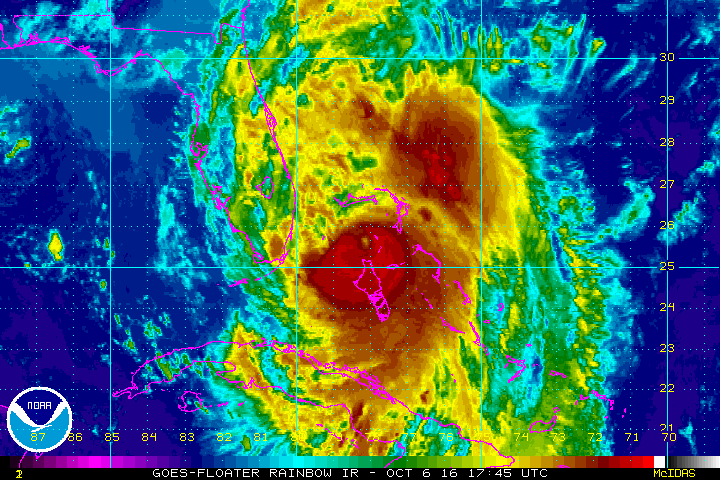
KSC and CCAFS did suffer some damage to buildings, downed power lines and some flooding and remains closed.
The Damage Assessment and Recovery Teams have entered the facilities today, Oct. 8, and are surveying the areas right now to learn the extent of the damage and report on when they can reopen for normal operations.
“After the initial inspection flight Saturday morning, it was determined that the center received some isolated roof damage, damaged support buildings, a few downed power lines, and limited water intrusion,” NASA reported late today.
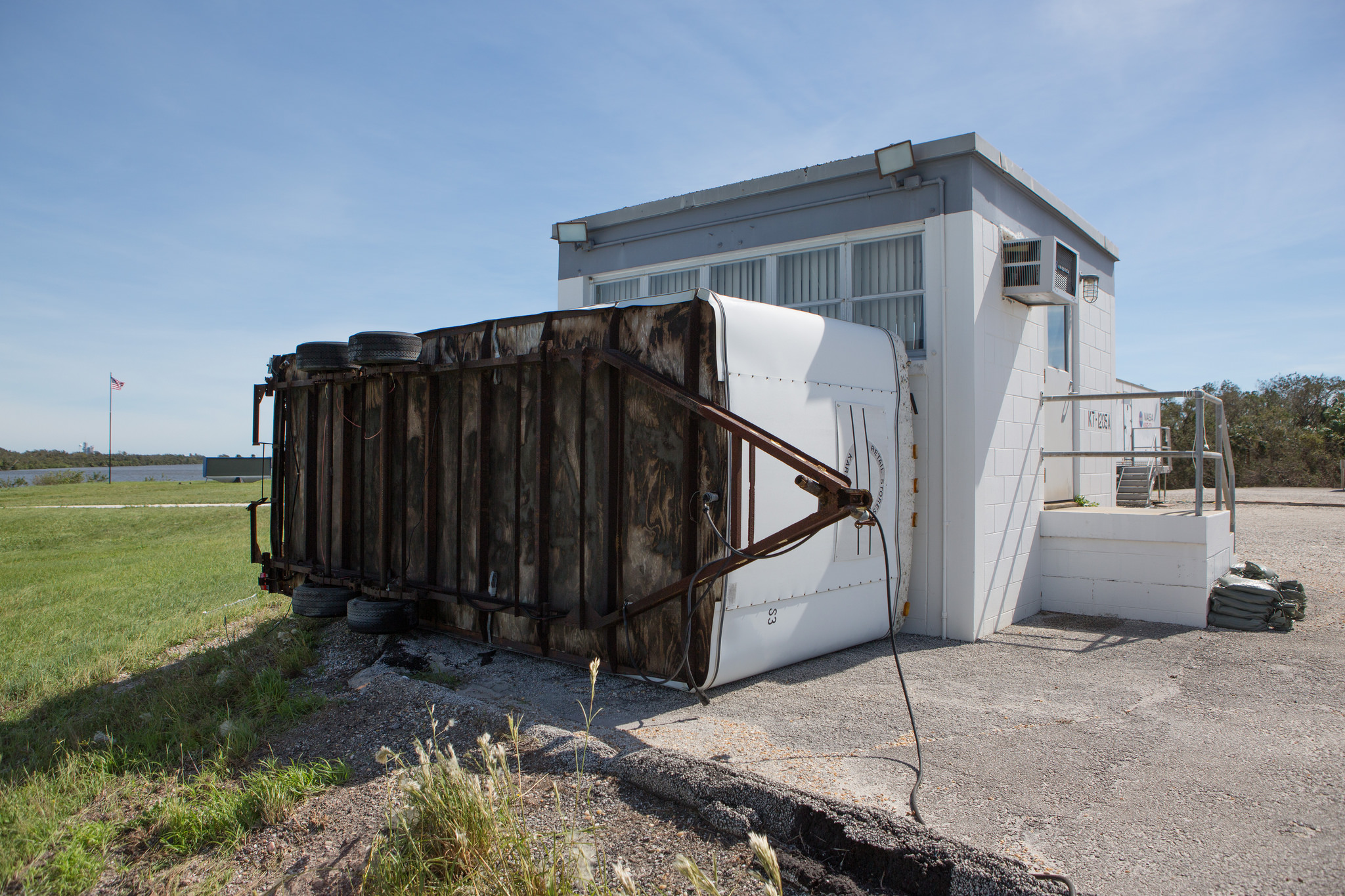
Inspection teams are methodically going from building to building this weekend to assess Matthew’s impact.
“Since safety is our utmost concern, teams of inspectors are going from building-to-building assessing damage.”
It will take time to determine when the center can resume operations.
“Due to the complexity of this effort, teams need time to thoroughly inspect all buildings and roads prior to opening the Kennedy Space Center for regular business operations.”
Not until after a full inspection of the center will a list of damaged buildings and equipment be available. The next update will be available no earlier than Sunday afternoon.
A “ride-out team” of 116 remained at KSC and at work inside the emergency operations center in the Launch Control Center located adjacent to the VAB during the entire Hurricane period.
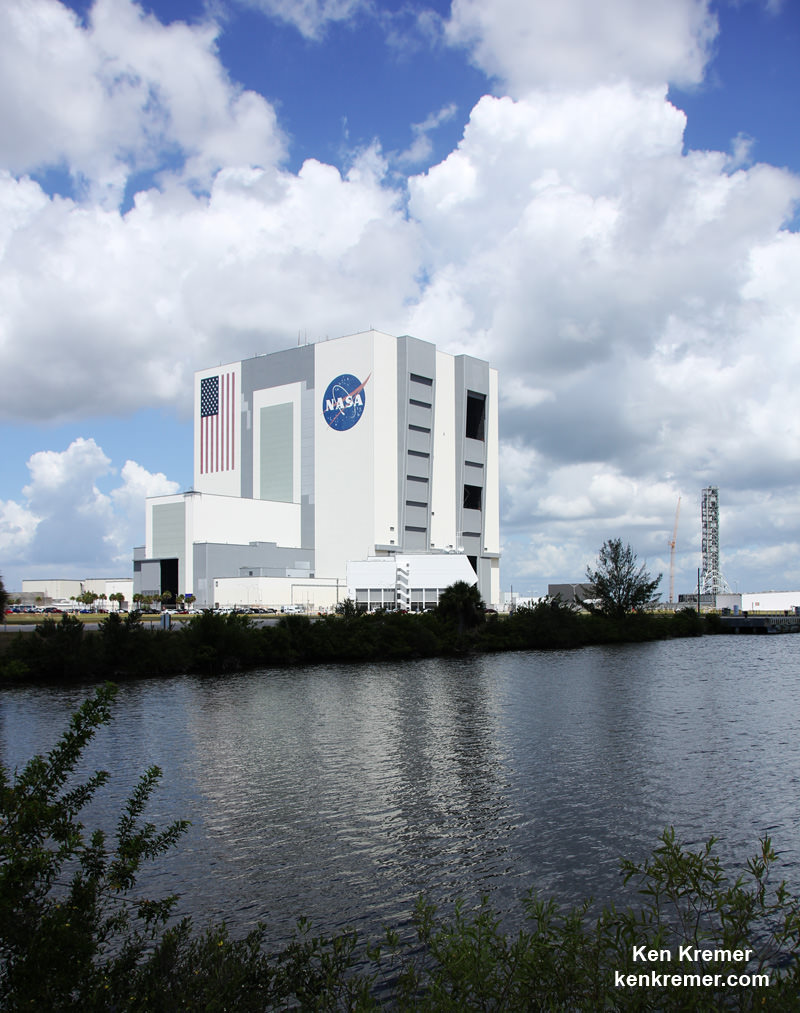
It took until Friday afternoon for winds to drop below 40 knots start preliminary damage assessments.
“KSC is now in a “Weather Safe” condition as of 2 p.m. Friday. While there is damage to numerous facilities at KSC, it consists largely roof damage, window damage, water intrusion, damage to modular buildings and to building siding.”
Teams are also assessing the CCAFS launch pads, buildings and infrastructure. Some buildings suffered severe damage.
“We have survived a catastrophic event that could have easily been cataclysmic. It is only by grace and a slight turn in Matthew’s path that our base and our barrier island homes were not destroyed or covered in seven feet of water,” wrote Brig. Gen. Wayne Monteith, commander of the Air Force’s 45th Space Wing at Patrick Air Force Base, in a Facebook update.
“There is a lot of debris throughout the base.”
“We are still experiencing deficiencies in critical infrastructure, consistent power, emergency services, communications and hazardous material inspections that make portions of our base uninhabitable or potentially dangerous.”

Of particular importance is Space Launch Complex 41 (SLC-41) where the next scheduled liftoff is slated for Nov. 4.
The launch involves America’s newest and most advanced weather satellite on Nov 4. It’s named GOES-R and was slated for blastoff from Cape Canaveral Air Force Station pad 41 atop a United Launch Alliance (ULA) Atlas V rocket.
The launch facilities will have to be thoroughly inspected before the launch can proceed.
The satellite is in the final stages of preparation at the Astrotech Space Operations Facility in Titusville, FL as I recently observed during an up close visit in the High Bay cleanroom.
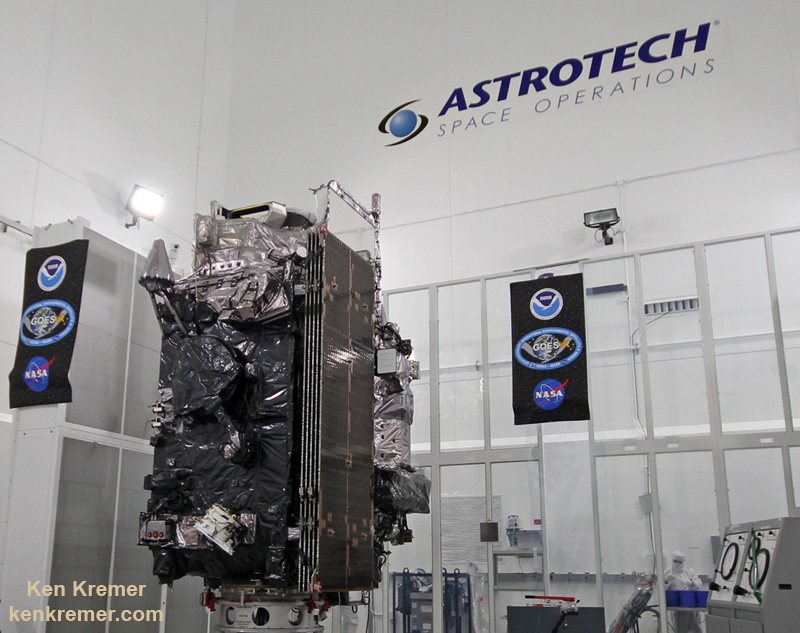
The major Space Coast cities in Brevard county suffered much less damage then feared, although some 500,000 residents lost power.
Local government officials allowed most causeway bridges to the barrier islands to be reopened by Friday evening, several local colleagues told me.
Here’s some images of damage to the coastal piers, town and a destroyed house from the Melbourne Beach and Satellite Beach areas from my space colleague Julian Leek.

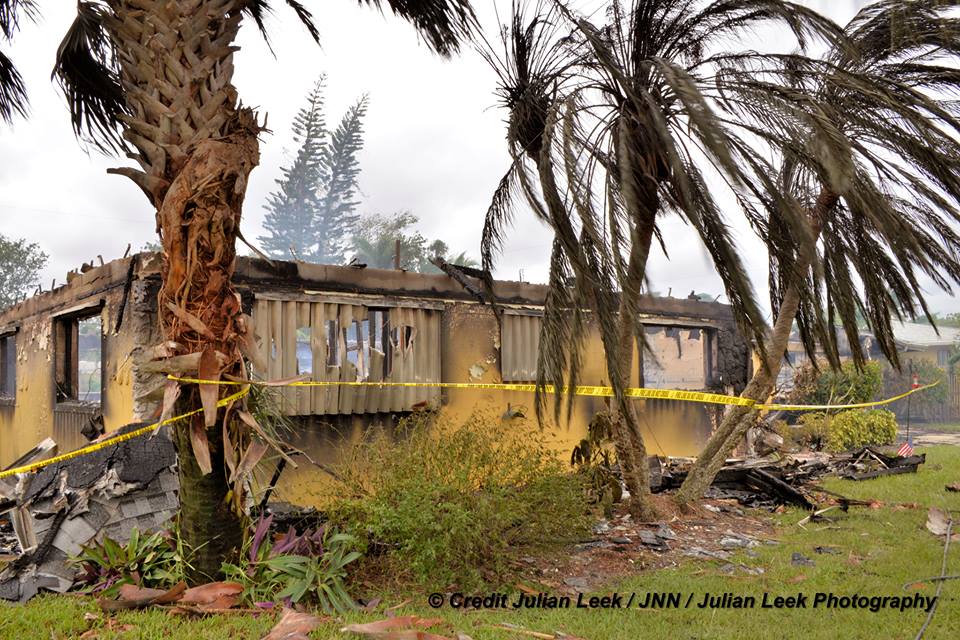
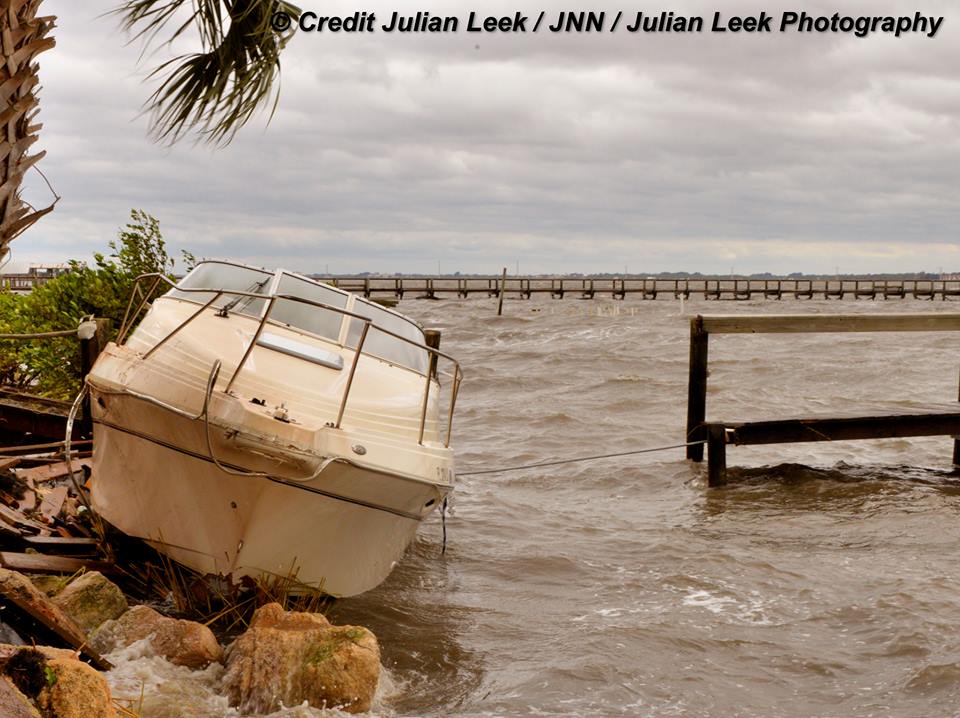
Stay tuned here for Ken’s continuing Earth and Planetary science and human spaceflight news.
